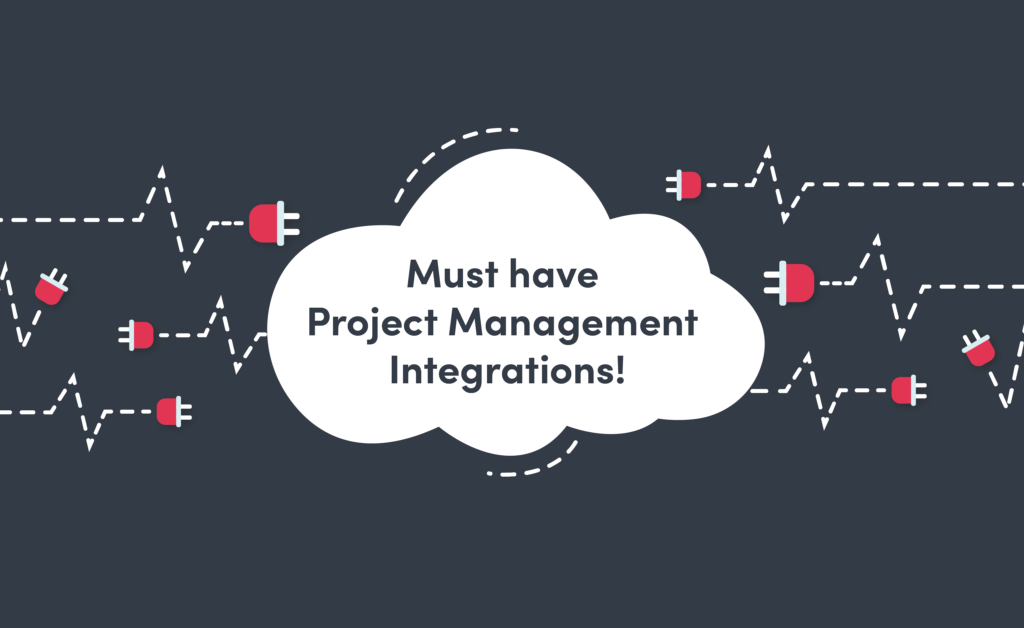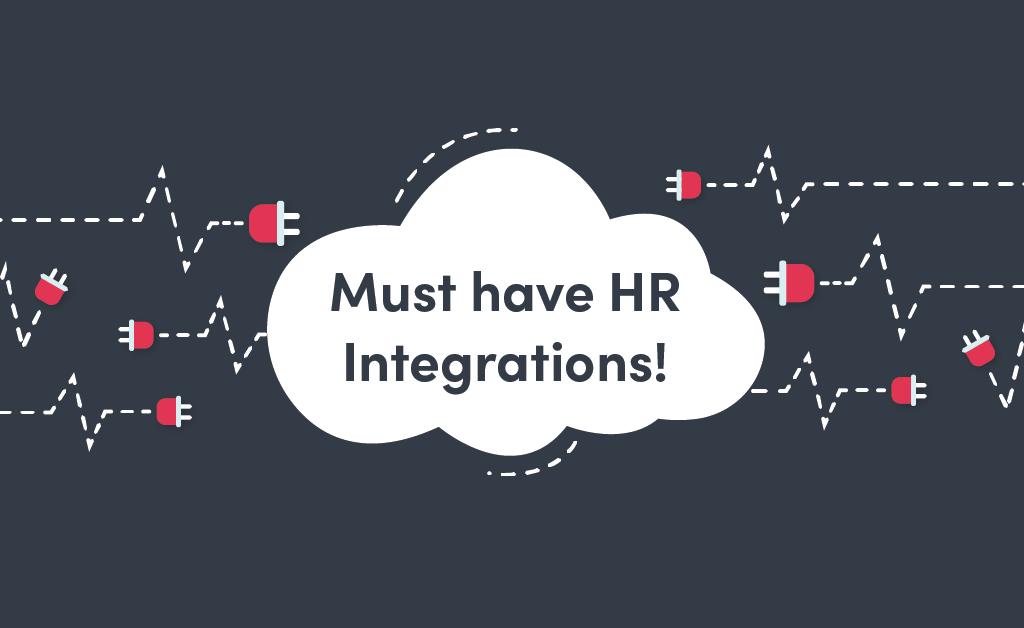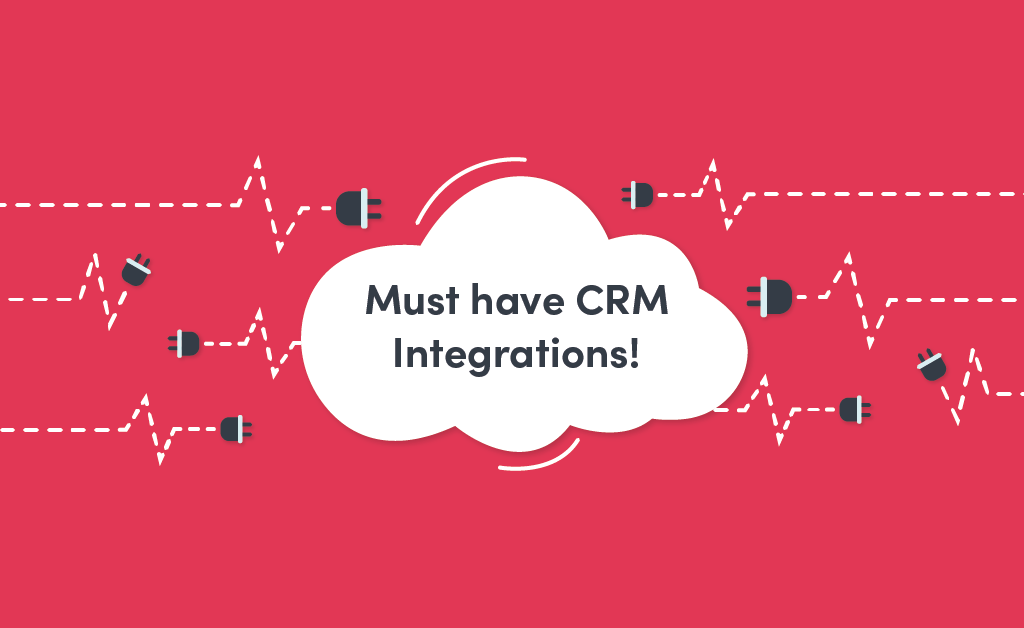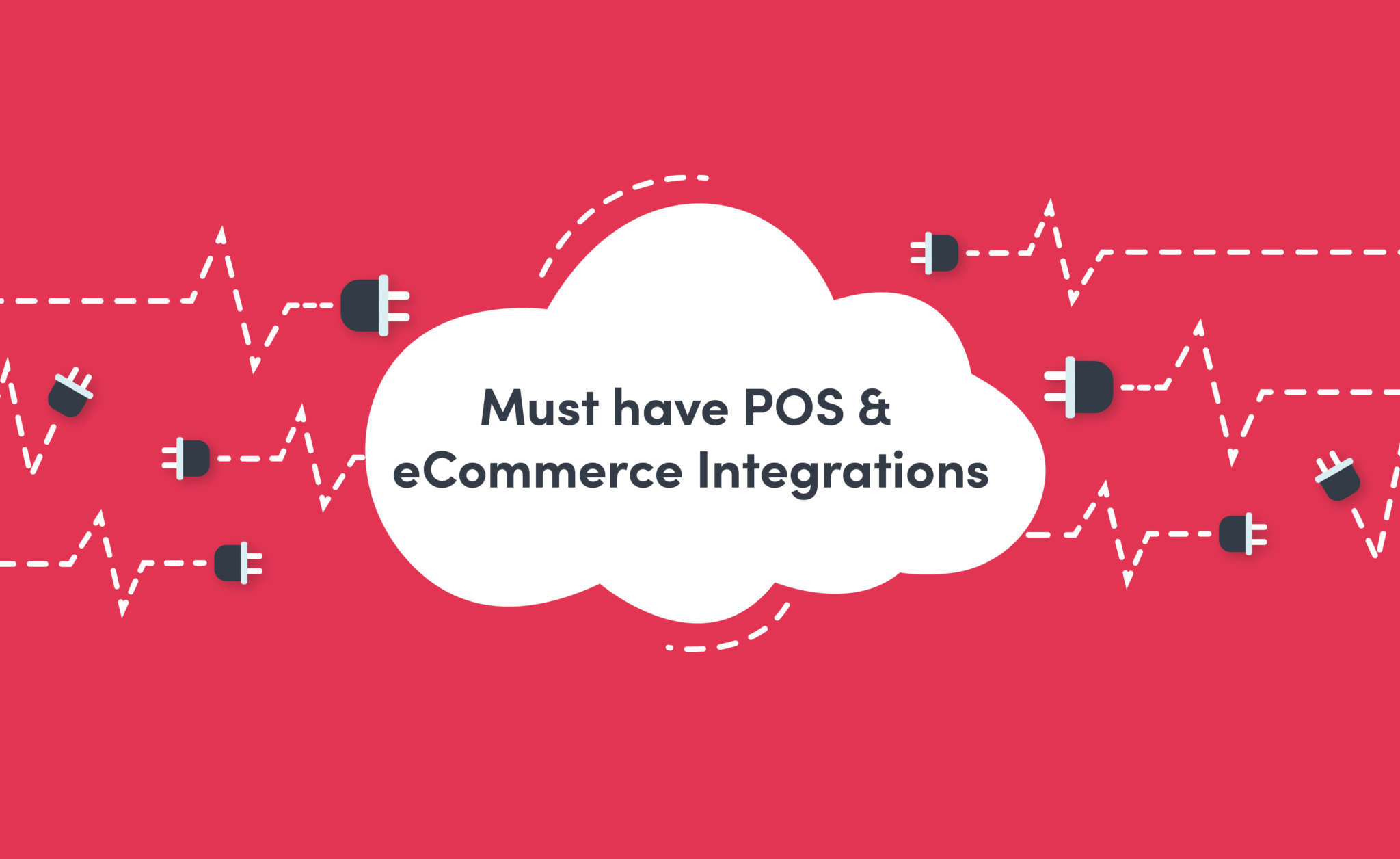
Updated on by Hayley Brown
POS and eCommerce applications can somewhat go hand in hand. For instance, if you have an online store you’ll need a point of sale system for all of your transactions. This then needs to be synced with your eCommerce to deliver the product or service to your customers. In exchange you can add their data to your applications for future purchases and interactions.
What is POS? What is eCommerce?
POS stands for point of sale and refers to the point when a customer executes a payment for goods or services. POS systems can come in different forms. For instance in a brick and mortar shop there is a physical terminal where a card is presented for payment. Otherwise there are desktop, mobile and tablet POS systems, and self-service POS’s.
eCommerce on the other hand are platforms that allow customers to find products or services available for purchase. Typically in the form of online storefronts hosted by the likes of Shopify or Wix.
Popular POS and eCommerce Connectors
Must have POS and eCommerce integrations
Building POS integrations with not only your eCommerce application but also your email marketing, support, CRM, etc. is advantageous for automating many of your business processes.
POS and eCommerce Integrations
Firstly, creating integrations between your POS system and eCommerce platform is incredibly useful. They can help you keep track of customer payments, orders, and inventory levels. As well as update any other details for customers or products automatically.
For instance, a useful integration could be built for updating inventory after a sale takes place in your POS system. This can then update the amount of products you have left within your eCommerce platform.
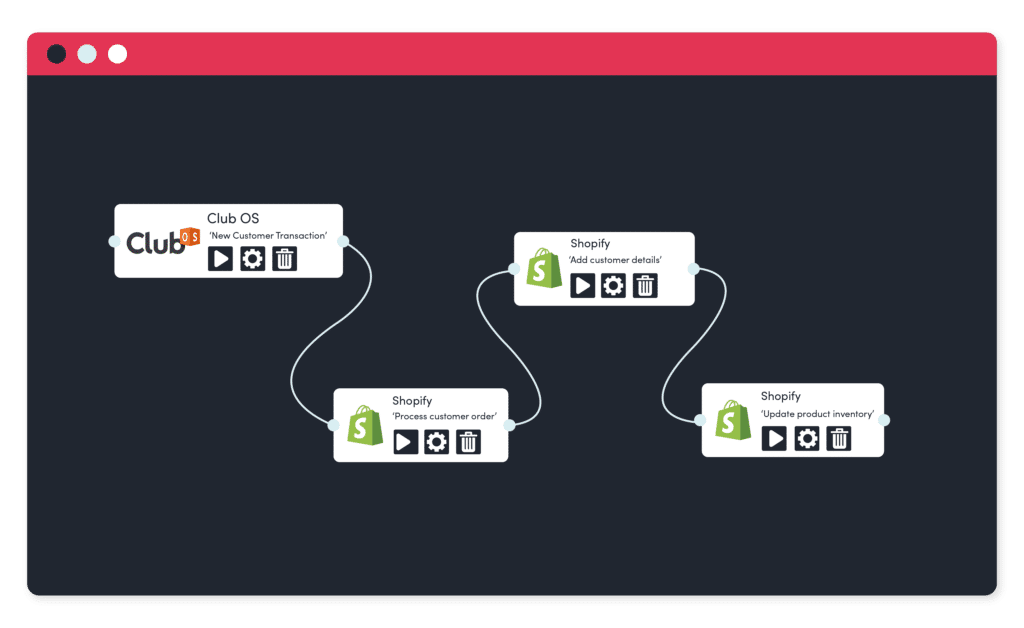
Examples of POS and eCommerce Integrations
- When a successful sale comes through automatically create the order
- Sync ecommerce customers with POS application
- Update customer details when a new order and payment has taken place
POS, eCommerce and Email Marketing integrations
Building workflows between your POS, eCommerce and email marketing applications can streamline a multitude of business processes. Using low code tools, integrations can be designed and created to reduce manually adding customers to your email subscriber lists. They can also improve customer personalisation and experience.
One example would be when a new customer has made a successful purchase, their details are added to the eCommerce application. As they have opted for marketing communications they are automatically added to a subscriber list, and a customer birthday list. They are then sent a ‘Welcome’ campaign email. In the future they can be sent personalised email marketing campaigns with tailored offers.
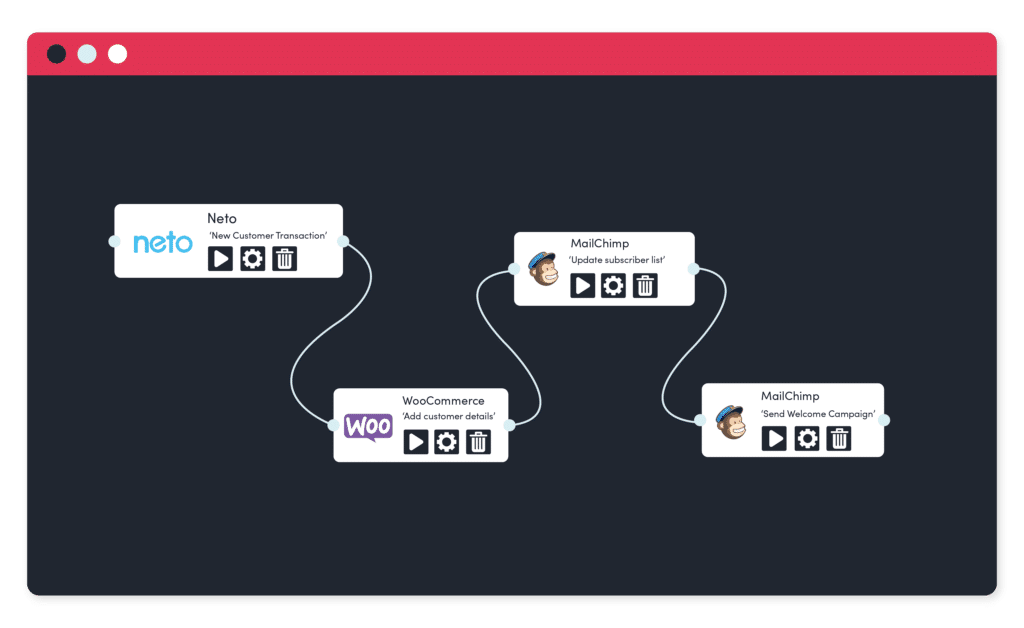
Examples of POS, eCommerce and Email Marketing Integrations
- New product added to eCommerce create a new email marketing campaign
- Trigger a ‘customer birthday’ email campaign based on eCommerce and POS customer data
POS, eCommerce and Communication Integrations
Communicating with your customers is crucial to delivering great service. Therefore creating seamless automated workflows for your sales, onboarding or customer trials is beneficial. As well as triggering communications when a customer has abandoned a cart, or is about to leave a web browser.
For example, when a new customer has signed up for a trial of your product. They are then added to your email list and sent a series of campaigns over the trial period. Once their trial period has ended their details can be added as a sales lead.
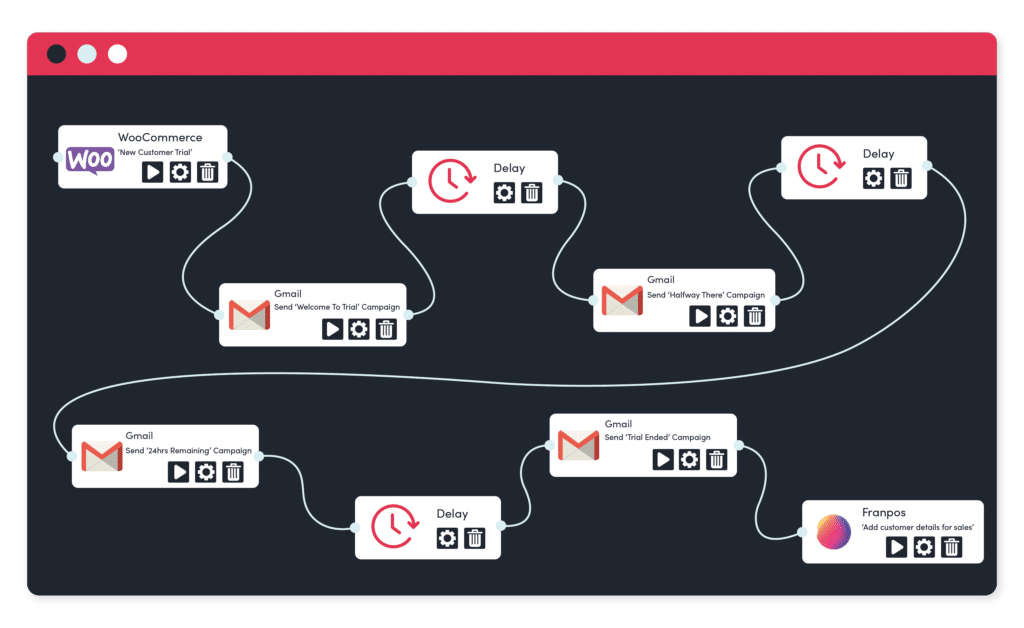
Examples of POS, eCommerce and Communication Integrations
- Send customer offer when they haven’t browsed or been inactive for a period of time
- Trigger an email reminder when a customer has had an item in their basket for a while or if they have abandoned checkout.
POS, eCommerce and Accounting Integrations
Keeping track of customer subscriptions can be tricky. Therefore creating automated workflows can track and respond when there is a new customer. Also when a customer has updated their payment details. As well as when a payment has failed, customer refund is needed, or a cancelled subscription can be useful.
An integration can be built to import subscription data from your POS and eCommerce platforms. The data can be input into your accounting application to generate and send new invoices. If any payments have failed communications can be sent to notify customers.

Examples of POS, eCommerce and Accounting Integrations
- Create an accounting item when a new ecommerce product is created
- Create an accounting sale receipt from a new ecommerce order
- Add new customer payment from POS to cash flow report
- Import new transaction data from POS and list new invoices for billing
POS, eCommerce and CRM Integrations
Your CRM is your central customer data hub. Therefore syncing this with your POS and eCommerce is useful for keeping your customer data up to date. This could be their membership status, subscription preferences, or payment methods.
For instance, an integration could be built for when a POS payment has failed. This triggers the customers order details to be altered via the ecommerce platform. Then a note or tag can be added to their account within the CRM for failed payment and contact needed.
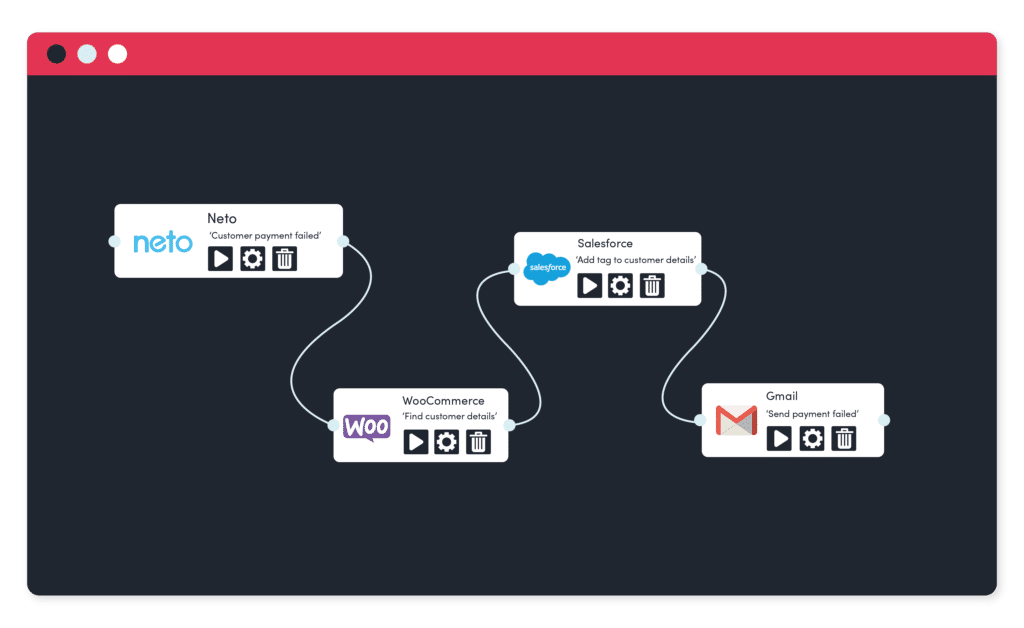
Examples of POS, eCommerce and CRM Integrations
- Remove customer details from POS, eCommerce and CRM when account no longer active
- Add a tag to contact account when a new event has occurred
- When a new transaction has taken place add new ecommerce customers to CRM as contacts and create or update customer payment
The benefits of POS and eCommerce integrations
Using an embedded iPaaS to build native integrations between your SaaS and third-party applications can make your processes hyper efficient. Your POS and eCommerce integrations will help you save time, and give you control over your inventory management. As well as provide a quick and effective service to your customers.
With third-party integrations they help to keep your data flowing between applications in real time. Overall POS and eCommerce integrations can be useful solutions and help manage your business operations.





